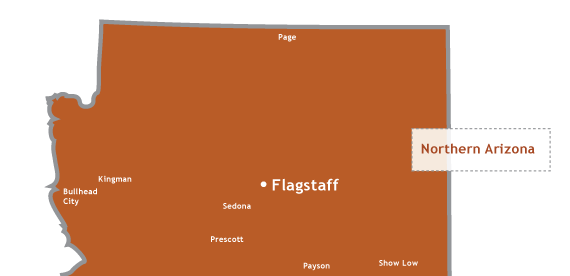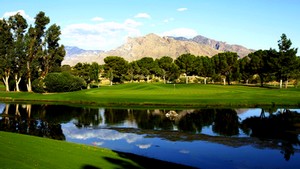
by azga_allan | Southern Arizona, Tucson
The Buzz: Nestled in the foothills of the Santa Catalina Mountains, the Catalina course at Omni Tucson National has hosted more than 30 PGA Tour events and countless amateur championships while providing its guests with one of the best golf resort experiences in...
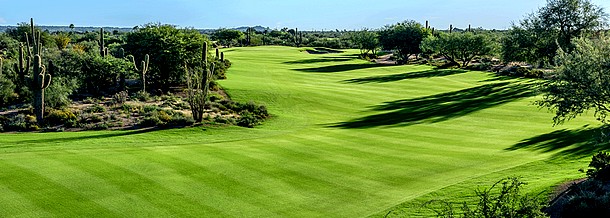
by azga_allan | Carefree, Central Arizona
Desert Forest Golf Club: Phil Mickelson, who starred at Arizona State University and made his home for several years in nearby Scottsdale, called this his “favorite” golf course in Arizona, which is about as good an endorsement as any course in the state could...
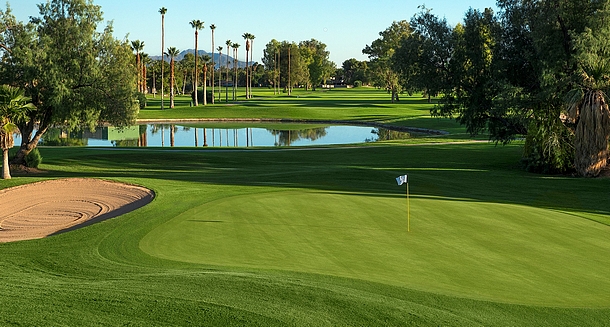
by azga_allan | Central Arizona, Chandler
San Marcos Golf Course – Arizona Golf Courses Arizona’s first golf course just got better – $3.9 million dollars better. So if you want a feel for the early days of golf in Arizona, have a loop at the historic Crowne Plaza San Marcos Golf Resort,...
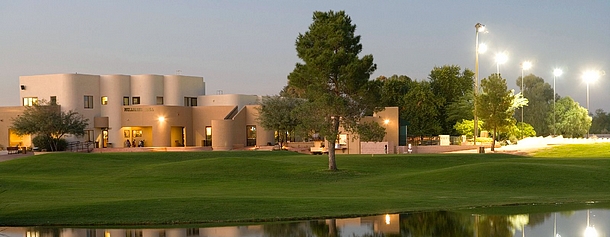
by azga_allan | Central Arizona, Gilbert
Western Skies Golf Club – Arizona Golf Course Reviews Players at Western Skies have always enjoyed a player-friendly course in a pleasant community atmosphere at a very reasonable rate, which is just what designer Brian Whitcomb was asked to provide in this 1992...
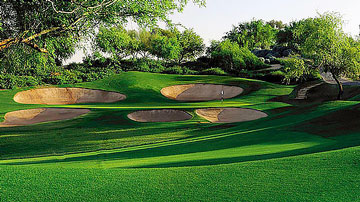
by azga_allan | Central Arizona, Scottsdale
Kierland Golf Club – Arizona Golf Course Reviews Picture your foursome decked out in colorful tartan garb, complete with kilts and sporrans, playing golf and sipping on Johnnie Walker Blue premium scotch with a bagpiper serenading you behind the picturesque,...









